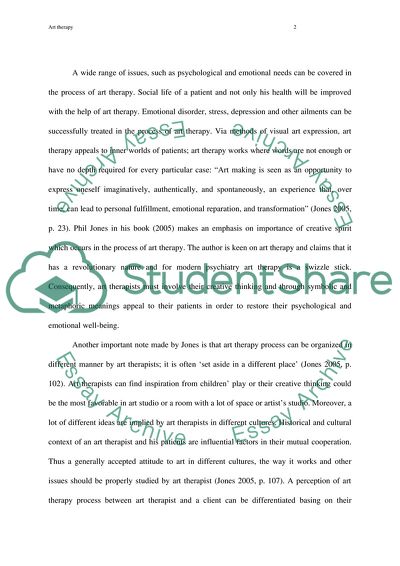Cite this document
(“Art Therapy Essay Example | Topics and Well Written Essays - 2000 words”, n.d.)
Art Therapy Essay Example | Topics and Well Written Essays - 2000 words. Retrieved from https://studentshare.org/visual-arts-film-studies/1574849-art-therapy
Art Therapy Essay Example | Topics and Well Written Essays - 2000 words. Retrieved from https://studentshare.org/visual-arts-film-studies/1574849-art-therapy
(Art Therapy Essay Example | Topics and Well Written Essays - 2000 Words)
Art Therapy Essay Example | Topics and Well Written Essays - 2000 Words. https://studentshare.org/visual-arts-film-studies/1574849-art-therapy.
Art Therapy Essay Example | Topics and Well Written Essays - 2000 Words. https://studentshare.org/visual-arts-film-studies/1574849-art-therapy.
“Art Therapy Essay Example | Topics and Well Written Essays - 2000 Words”, n.d. https://studentshare.org/visual-arts-film-studies/1574849-art-therapy.


